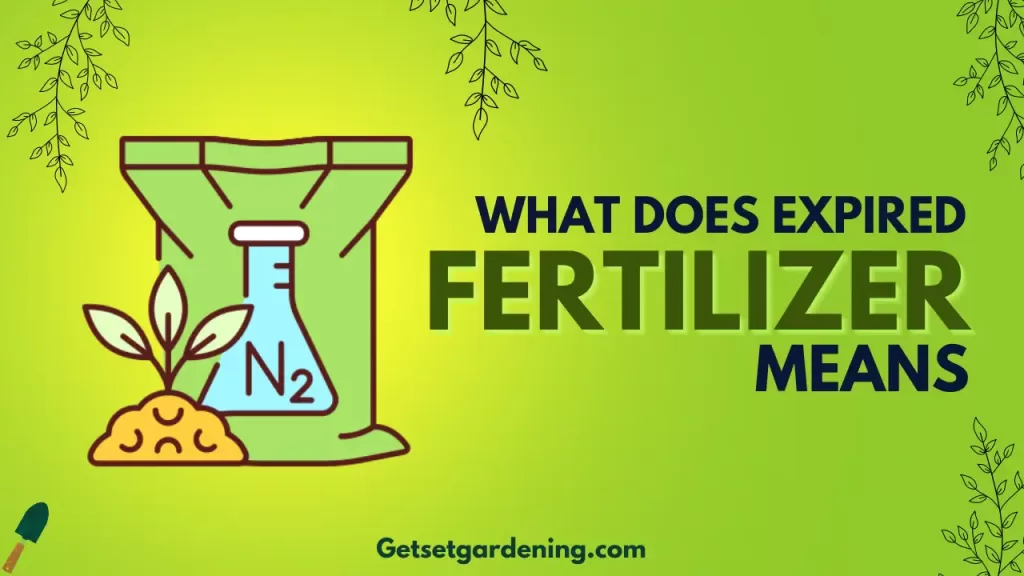Liquid fertilizers are vital tools for gardeners and horticulturists aiming to nourish their plants effectively. However, like most substances used in gardening, they do have a finite shelf life. Understanding whether liquid fertilizers can go bad is paramount for optimal garden health and productivity. In this article, we will explore the shelf life of liquid fertilizers, the factors that influence their longevity, identification of spoilage, and best practices for storage.
The Basics of Liquid Fertilizers
Liquid fertilizers are composed of various nutrients—primarily nitrogen, phosphorus, and potassium (N-P-K)—which are essential for plant growth. Unlike their granular counterparts, liquid fertilizers offer immediate availability of nutrition, absorbed quickly by plants. They can be divided into two categories: synthetic and organic.
Synthetic fertilizers are chemically manufactured and often designed for rapid absorption and immediate impact. They usually have an extended shelf life, if stored properly, generally lasting several years. On the other hand, organic liquid fertilizers—made from natural sources such as manure or plant extracts—may have a shorter shelf life due to their microbial content and natural degradation processes.
The Components of Shelf Life
Shelf life refers to the duration a product remains effective and safe to use. For liquid fertilizers, several components influence their shelf life:
- Composition: The specific chemicals or organic compounds used in the formulation significantly affect longevity. Synthetic products often resist breakdown more effectively than organic ones.
- Container Material: The type of container plays a crucial role. Many fertilizers are packaged in plastic bottles that can react with the contents. Exposure to light and heat can hasten decomposition, particularly with organic fertilizers.
- Storage Conditions: Optimal storage conditions—cool, dark places—to prevent degradation through temperature fluctuations and direct sunlight can enhance the shelf life considerably.
- Microbial Activity: As organic liquid fertilizers can harbor beneficial microorganisms, their activity can lead to spoilage, especially if left at room temperature for extended periods.
Recognizing Spoilage: Signs Your Fertilizer Has Gone Bad
Understanding how to identify spoiled liquid fertilizers is essential for maintaining garden health. Here are several indicators to watch for:
- Changes in Color: If a liquid fertilizer changes color, it may signal the beginning of spoilage. For instance, vibrant hues can fade, or unexpected hues may emerge, indicating chemical breakdown.
- Presence of Sediment: While some fertilizers may naturally contain sediment, new, unusual particles forming at the bottom of the container could indicate that the solution has deteriorated.
- Unpleasant Odor: A foul smell emanating from a liquid fertilizer is a strong indicator of spoilage. Fresh organic fertilizers often have an earthy aroma; however, unpleasant odors indicate decomposition.
- Separation: If contents begin to separate into layers, it suggests that the chemical structure is breaking down and may lead to ineffective fertilization once applied.
- Expiration Date: Always check the manufacturer’s expiration date, but remember that actual shelf life may vary based on storage conditions.
Best Practices for Storing Liquid Fertilizers
To maximize the lifespan of liquid fertilizers, adhere to these best practices:
- Keep it Cool: Store liquid fertilizers in a cool, dry environment, ideally between 55°F to 70°F. Avoid garages or basements prone to temperature fluctuations.
- Avoid Direct Sunlight: Protect the bottles from sunlight that could degrade the contents. Opt for opaque or dark containers when possible.
- Seal Properly: Ensure the container is tightly sealed to prevent contamination and moisture ingress, which can encourage microbial growth.
- Labeling and Rotation: Clearly label your fertilizers with the date of purchase. Organize your inventory, applying the oldest fertilizers first to minimize waste.
Benefits of Using Fresh Liquid Fertilizer
Using fresh liquid fertilizers ensures that plants receive the maximum nutrient benefit. Nutrient availability diminishes over time as the formula breaks down. Additionally, fresh fertilizers are less likely to harbor harmful pathogens introduced through spoilage. Furthermore, using effective fertilizers promotes vigorous growth and prolific flowering or fruiting, enhancing the overall garden experience.
In conclusion, understanding whether liquid fertilizer goes bad is crucial for gardeners. Recognizing the factors affecting shelf life, identifying signs of spoilage, and implementing best storage practices will contribute significantly to plant health and growth. Proper management of liquid fertilizers not only maximizes their efficacy but also helps gardeners make the most of their nurturing efforts.





Leave a Comment